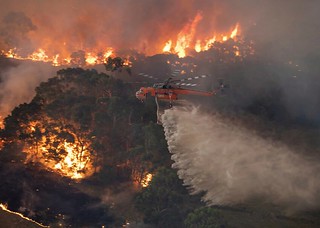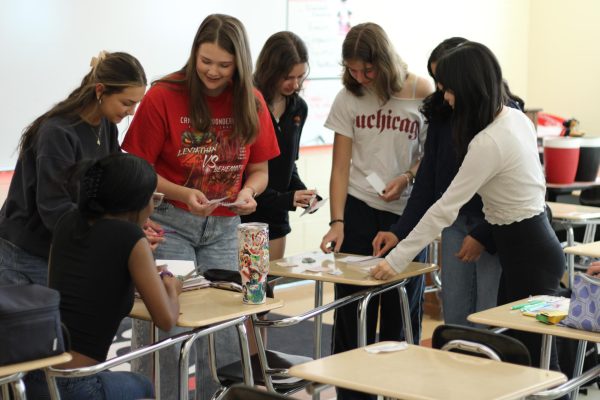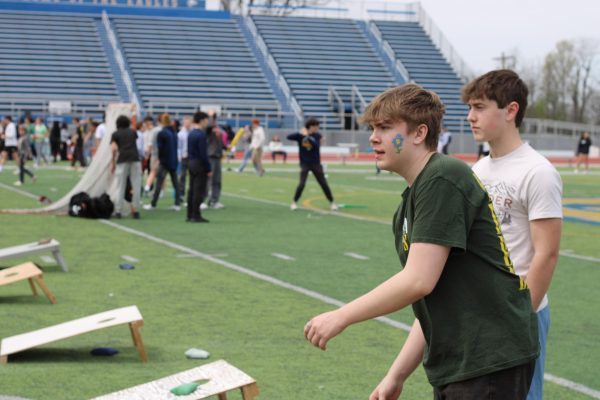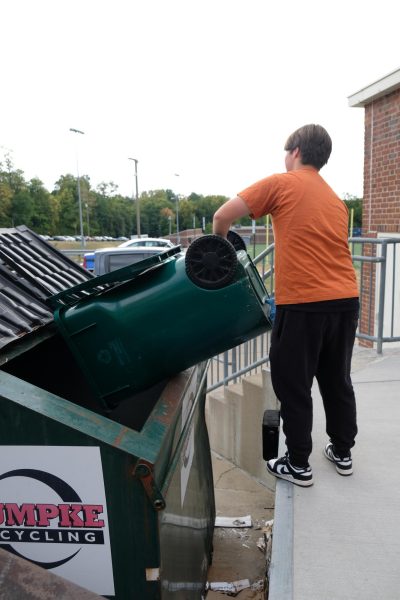Australia Wildfires devastate nation

Photo courtesy of: Ninian Reid/ flickr
In this Monday, Dec. 30, 2019 photo provided by State Government of Victoria, a helicopter tackles a wildfire in East Gippsland, Victoria state, Australia. Wildfires burning across Australia’s two most-populous states trapped residents of a seaside town in apocalyptic conditions Tuesday, Dec. 31, and were feared to have destroyed many properties and caused fatalities. (State Government of Victoria via AP)
Devastating bushfires burned thousands of acres in southern Australia since early Sept. 2019, starting in Victoria and spreading throughout the whole country. The fires have spread all throughout Australia due to extreme high winds and drought, wreaking havoc and causing damage.
Chris Dickman, a University of Sydney ecologyst, estimated that the bushfires affected more than 1 billion animals, harming their populations and destroying their habitats.
“The 480 million estimate was made a couple of weeks ago, and the fires have now burnt over a large area of the further country. That means over 800 million mammals, birds and reptiles have been affected by the fires. Australiawide, it’s probably over a billion,” Dickman said in an interview with NPR News America. “I think there’s nothing quite to compare with the devastation that’s going on over such a large area so quickly. It’s a monstrous event in terms of geography and the number of individual animals affected.”
The fires have decimated the wildlife population and led many abundant species to the brink of extinction. Many people around the world have donated money to various animal hospitals and firefighters around Australia, but many indigenous people are losing their homes also.
“Animals and thousands of the indigenous people are losing their homes, also animals are more important to their culture,” Sophie Papp, ‘22, said.
The wild koala population in Australia in 2018 was estimated by the Australian Koala Foundation to be between 47,000 to 85,000 koalas. Today the estimated koala population is between 10,000 and 40,000.
Many wildlife hospitals have been rescuing animals and helping them recover from mainly burns and dehydration. The Australian Koala Hospital posted on their website updates on certain koalas and their recoveries, hoping for “adoptions”.
Koala adoptions are very popular in Australia, a process where people “adopt” a koala by paying for their necessities while they live in an animal sanctuary. Prices vary from $40.00 to $80.00 depending on the age and necessities of the koala.
The Cincinnati Zoo is teaming up with Cincy shirts to help the Australian Wildlife, making customized t-shirts with Fiona the Hippo. The shirts were illustrated by Cincinnati artist Loren Long and retail for $25. All proceeds will go to Zoos Victoria’s Bushfire Emergency Wildlife Fund. The zoo will donate an additional $5,000 to all the money raised. The funds will be used for critical care and long-term recovery of Australian wildlife, Cincy Shirts wrote on its website.
Your donation will support the student journalists of Walnut Hills High School. Your contribution will allow us to purchase equipment, cover our annual website hosting, printing costs and offset competition and conferences fees for students.







